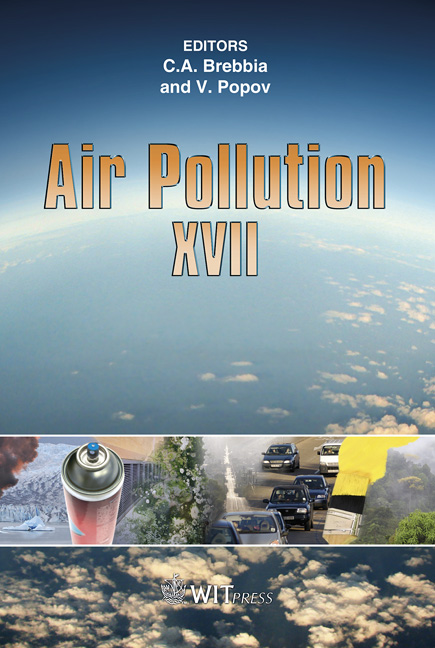Air Quality In Street Canyons: A Case Study
Price
Free (open access)
Transaction
Volume
123
Pages
13
Page Range
3 - 15
Published
2009
Size
2,129 kb
Paper DOI
10.2495/AIR090011
Copyright
WIT Press
Author(s)
F. Patania, A. Gagliano, F. Nocera & A. Galesi
Abstract
Keeping the air quality acceptable has become an important task for decision makers as well as for non-governmental organizations. Particulate and gaseous emissions of pollutants from auto-exhausts are responsible for rising discomfort, increasing airway diseases, decreasing productivity and the deterioration of artistic and cultural patrimony in urban centers. Air quality limit values, which are aimed at protecting public health, are frequently exceeded especially in streets and other urban hotspots. Within these streets, pedestrians, cyclists, drivers and residents are likely to be exposed to pollutant concentrations exceeding current air quality standards. In order to give the right support to decision makers for air pollution control, a suitable microscale dispersion model must be used to investigate phenomenon The paper presents the results obtained by utilizing a three dimensional numerical model based on Reynolds-averaged Navier–Stokes equations to simulate the fluid-flow development and pollutant dispersion within an isolated street canyon. Finally, the authors tested the reliability of the same code examined resemblances and differences between the measured data coming from a survey measurement within the canyon and the data coming from the code. Keywords: urban canyon, air pollution, traffic emissions, CFD.
Keywords
urban canyon, air pollution, traffic emissions, CFD





